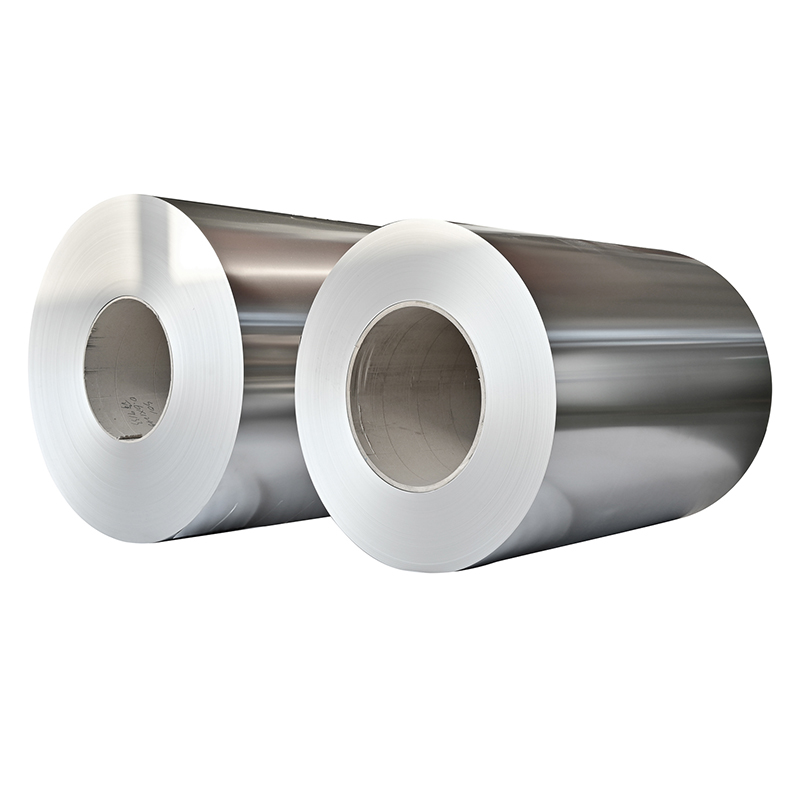
The key characteristics of alloys 310S and 1Cr15Al5:
310S is known for its high resistance to oxidation and sulfidation at elevated temperatures, making it ideal for use in resistors operating in harsh environments.
And 1Cr15Al5 is special alloy that offers good electrical resistivity and stable performance in resistive applications.
The differences of mechanical properties between 310S and 1Cr15Al5 in resistor production:
310S has higher tensile strength compared to 1Cr15Al5, making it more suitable for resistors subjected to mechanical stress and high operating temperatures.
But 1Cr15Al5 exhibits better oxidation resistance and lower cost, making it a cost-effective alternative for certain resistor applications.
When welding stainless steel materials 310S and 1Cr15Al5 for resistor fabrication need to do some special considerations:
Welding stainless steel 310S Strips requires preheating and post-weld heat treatment to prevent cracking and ensure joint integrity. In contrast, 1Cr15Al5 is more easily weldable due to its lower alloy content, but proper welding procedures and filler materials must be selected to maintain the desired electrical and mechanical properties in resistors.
In General, stainless steel materials 310S and 1Cr15Al5 offer unique advantages for resistor production, and the choice between them depends on specific application requirements. By understanding the key properties and considerations associated with these materials, manufacturers can make informed decisions to optimize resistor performance and reliability.